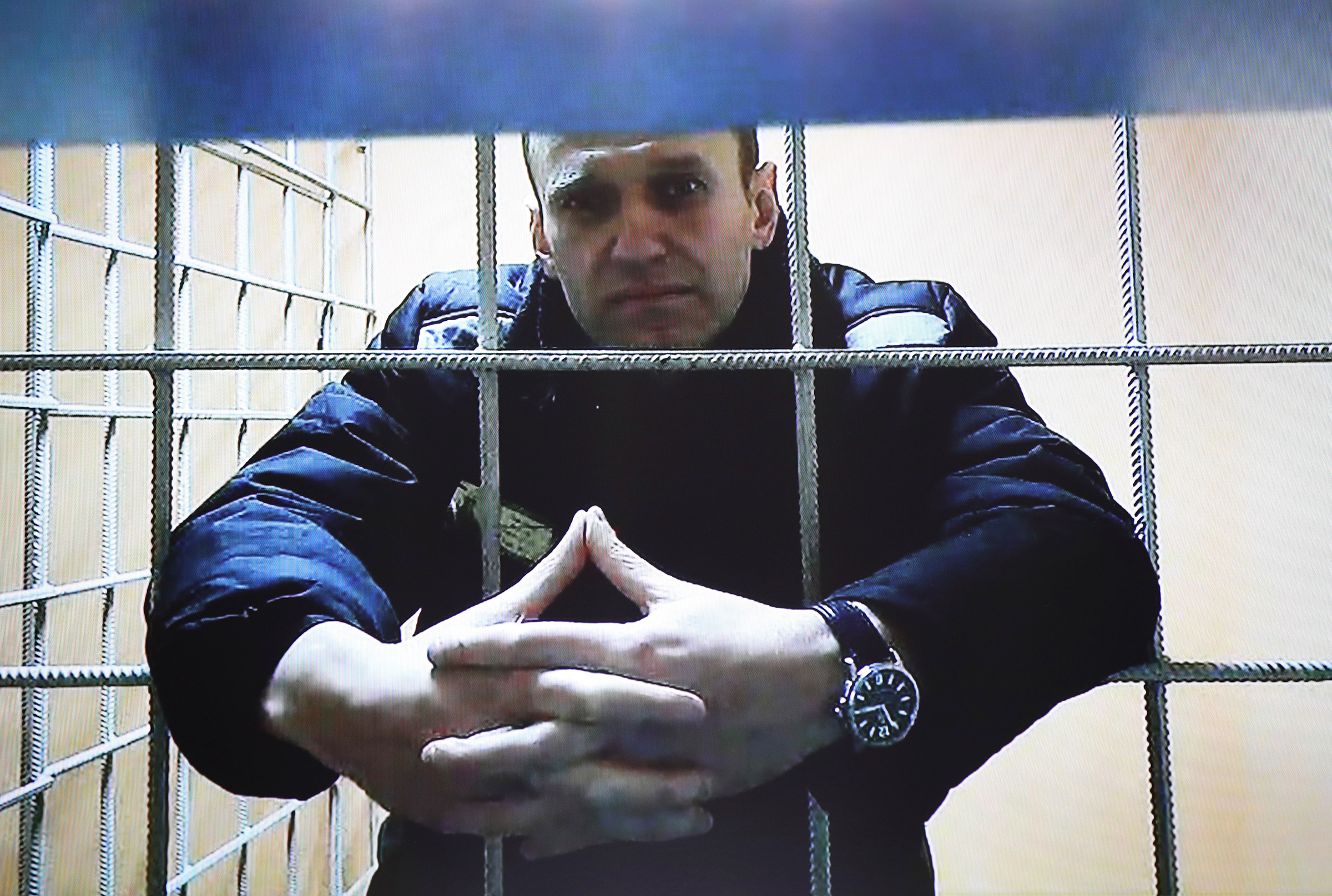
On a cold morning in November, the family of Alexei Navalny, the Russian opposition leader, made the trip out to visit him at Penal Colony No. 2. The drive from Moscow took about two hours, though parts of it felt like traveling back in time. Coming off the highway from Russia’s high-tech capital, the roads became rutted. Apartment blocks gave way to wooden huts, and old ladies appeared near the roadside in heavy coats, selling vegetables from their gardens.
At the prison gates, Navalny’s wife and parents carried a few bags of groceries into a waiting room, where an ancient telephone allowed them to announce their visit to the guards. Before long, the inmate was led out to meet them. He looked skinny, his head shorn, a broad smile framed by a prison-issue hat. Ten months had passed since Navalny’s incarceration, and more than a year since he was nearly poisoned to death with a chemical weapon. Its effects on his nervous system no longer showed; his hands had stopped trembling. “He looked good,” his wife Yulia Navalnaya later told me. “Unchanged.”
It had been Navalny’s decision to be there. Not in this specific prison, with its silent guards and its windows papered over to create the feeling, Navalny says, of living inside a shoebox. But he did make a choice to return to Russia, fully aware of what the state would likely do to him. From his temporary exile, he decided almost exactly a year ago to submit to the custody of the regime that stood accused of trying to murder him. The poison had failed to kill Navalny. It hadn’t even really changed him.

From the confines of his barracks, he still runs a network of dissidents devoted to ousting President Vladimir Putin. Its top leaders are fugitives from Russian law, though they were not hard for me to find while reporting this story. Some met me while they were fundraising in New York City or lobbying in Washington. Others showed me the TV studio they built in Eastern Europe, just outside Russia’s border, to air broadcasts for millions of followers inside.
Through them, I began to receive a series of handwritten letters from Penal Colony No. 2. “Please, not too many questions,” Navalny told me in the first one last October. “There’s no time for writing here, and the process of getting these pages out is exhausting.” You wouldn’t know it from the volume of his subsequent answers, about two dozen line-ruled pages covered in a hurried Russian script. The first one came punctuated with a smiley face, as though the dissident were still adding emojis to the blog that started his political career.
Our exchange, which lasted through the middle of January, coincided with a tense time in Europe. Not long after Navalny’s family visited him, Putin began massing troops near Russia’s western border, enough to launch an invasion of Ukraine. The Biden Administration tried to talk the Russians down, resulting in a standoff drenched in Cold War revivalism. Envoys of the world’s two nuclear superpowers spent weeks trading threats and demands. The spectacle made Navalny cringe. “Time and again the West falls into Putin’s elementary traps,” he wrote me, in a letter that arrived Jan. 14. “It just takes my breath away, watching how Putin pulls this on the American establishment again and again.”
In its talks with Putin, the U.S. strategy has been to offer Russia a “diplomatic offramp,” while also making clear that an invasion of Ukraine would be met with “severe and overwhelming costs,” a spokesman for the National Security Council told me in response to Navalny’s criticism, adding that the U.S. considers his imprisonment “to be politically motivated and a gross injustice.”
Few people have studied Putin as long or as obsessively as Navalny. In his letters, he tries to explain what motivates the Russian President, and what Putin fears. It is not what he claims to be concerned about: the deployment of U.S. forces in Eastern Europe, or the chance that Ukraine might one day join the NATO alliance. “Instead of ignoring this nonsense,” Navalny writes, “the U.S. accepts Putin’s agenda and runs to organize some meetings. Just like a frightened schoolboy who’s been bullied by an upperclassman.”
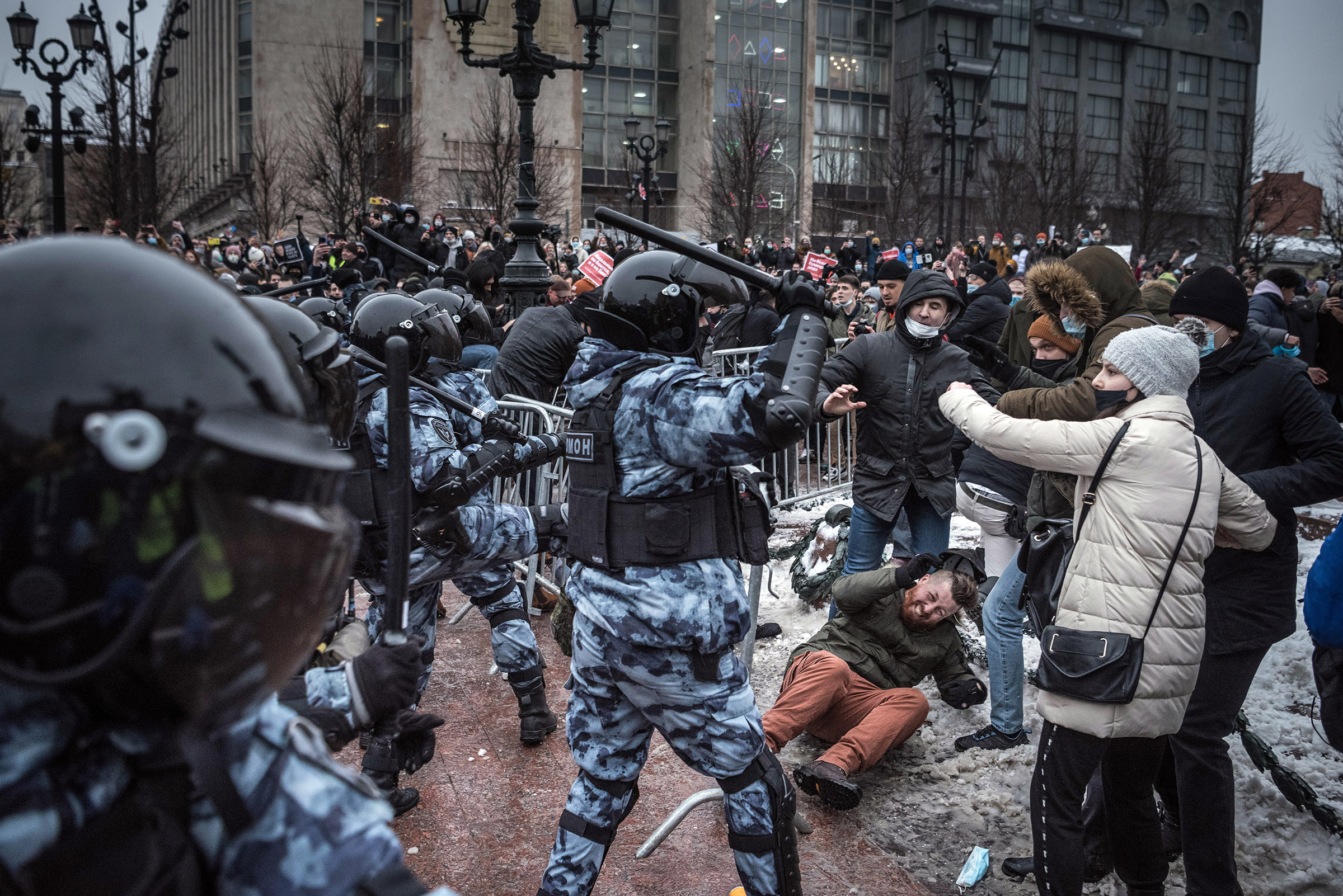
What Putin truly fears is what Navalny’s movement seeks—a change of power in Russia, followed by cashiering its corrupt clan of oligarchs and spies. It isn’t NATO that keeps Putin up at night; it’s the space for democratic dissent that NATO opens up along his border. This fear, Navalny argues, is what drives all the conflicts Russia wages with the West. “To consolidate the country and the elites,” he writes, “Putin constantly needs all these extreme measures, all these wars—real ones, virtual ones, hybrid ones or just confrontations at the edge of war, as we’re seeing now.”
Rather than convening talks or offering concessions, Navalny wants the U.S. to pressure the Kremlin from without while Navalny and his supporters pressure it from within. The combination, he believes, will split the elites around Putin, ushering in what Navalny’s followers like to call “the beautiful Russia of the future,” one that is free, democratic, at peace with its neighbors and the West.
But that slogan elides the ugliness of how dictatorships often fall. Russians need not look far for examples. In early January, protests swept through neighboring Kazakhstan, an oil-rich autocracy to Russia’s south. Government buildings were set ablaze. Scores of police and protesters were killed. Kazakhstan’s President issued a shoot-to-kill order to his security forces and called for assistance from Russia and its allies. Within hours, Putin dispatched thousands of troops to help put down the uprising. The crackdown worked. The protests subsided.
In our exchange of letters, I asked Navalny about the prospect of such violence in Russia, and whether he sees it as the price of change after 21 years under the rule of one man. “Our path,” he wrote, “was never strewn with roses.”
Navalny was born and raised in garrison towns, moving from one to another with his father, a Soviet officer who did not have much faith in the system he served. That system fell apart when Navalny was a teenager. After studying law, he got his first taste of politics as a member of the Yabloko party, a group of milquetoast liberals that his mother, an economist, supported. “We lived well,” she once told a Russian magazine about Navalny’s youth. “That is, we were poor. Like everybody else.”
I first met Navalny in Moscow 12 years ago. Tall and stooped, with a slight paunch and ice blue eyes, he stood out as the only dissident organized and popular enough to pose even a distant threat to Putin’s rule. His headquarters back then were a cheaply furnished office in Moscow with low ceilings and a heavy metal door. Hunched over laptops in its dim rooms sat the staff of the Anti-Corruption Foundation, Navalny’s activist group. He founded it in 2011 to exploit the main weakness he saw in Putin’s system: the insatiable greed of its courtiers.
On social media, the foundation became famous for exposing the garish wealth of these elites. Its reports were often based on forensic accounting and bank records. Some used drone footage of Italian villas owned by Putin’s underlings. Others plucked evidence from photos that these officials or their relatives posted online, flaunting a yacht or luxury watches. One technocrat had a habit of flying his pet corgis to dog shows on a private jet. In his videos, Navalny delivered these findings in an irreverent style, like a wisecracking detective for the YouTube generation.
In late 2011, when a massive wave of street protests broke out to call for fair elections, Navalny was well-positioned to lead them. His blog had a massive following, and he had earned a reputation for incendiary speeches in the streets. “I’ll chew through the throats of those animals,” he told one crowd in Moscow that winter, gesturing at what he called the “crooks and thieves” in the Kremlin.
His rhetoric turned many people off. Russian liberals were alarmed by Navalny’s early flirtation with the far right, including a pair of videos he released in 2007, one calling for the deportation of migrants, another comparing Islamist militants to cockroaches. The Yabloko party expelled him for such talk and other “nationalist activities.” Putin’s allies cast him as a right-wing radical, even a fascist.
In the early years of Navalny’s career, we spent hours discussing his views, issue by issue. On balance, his agenda struck me as center-right: he supported gun rights, strong borders, less government spending—nothing more radical than a typical Republican in Texas, or a Christian Democrat in Bavaria. But Navalny’s politics were not driven by ideology. Above all, he wanted democratic change.
The state took notice. It first tried to put Navalny in a cell in 2012, when prosecutors charged him with embezzling timber. Navalny called the case “strange and absurd,” but it gave police a pretext for searching his apartment, his office, even the workshop outside Moscow where his parents made wicker baskets. Soon after one of these raids, Navalny invited me to his office. The foundation’s staff had swept the place for bugs and found a camera hidden in the wall, pointed through a pinhole at Navalny’s desk. He shrugged as he showed it to me. “This is a war,” he said. “I also want to take away everything these guys have. So why be surprised that they want to take everything from me?”
A few months later, prosecutors filed new charges, accusing Navalny and his brother Oleg of stealing from two companies. Both men were sentenced to three and a half years in a case that the European Court of Human Rights would later describe as “arbitrary and unfair.” Oleg served much of that term in solitary confinement, becoming what his brother called a hostage of the Russian state. Alexei Navalny got off easier; the court suspended his sentence. As one Kremlin-aligned newspaper noted, putting Navalny behind bars “could turn him into Russia’s version of Nelson Mandela.” Yet setting him free brought risks too. When Navalny ran for mayor of Moscow in 2013, the official tally gave him nearly 30% of the vote.
A few months later, the revolution in Ukraine reminded Putin just how quickly a regime can fall. Then President Viktor Yanukovych, his ally in Kyiv, barely held out for two months before fleeing the country in a helicopter, unable to quell a wave of demonstrations against rampant corruption. Putin responded by sending troops to occupy Crimea and start a separatist war in eastern Ukraine. At home, he continued building defenses against a similar revolt. Roughly 400,000 troops were hired into a new police force, a praetorian guard trained to put down popular unrest. Its commander, a longtime Putin bodyguard, later issued a personal warning to Navalny, announcing in a video message that he would pound the dissident “into a juicy slab of meat.”
Navalny was not deterred. In 2016, he announced plans to run for President. Authorities kept him off the ballot. But his campaign still set up offices nationwide. Its activists then ran in local elections, exposed corruption among the regional elites and spread the promise of a democratic Russia. Navalny spent much of his time visiting his regional offices around the country, often drawing massive crowds.
It was during one trip to the provinces that he fell violently ill. In August 2020, Navalny went to Siberia to shoot a video about corruption. On the flight home to Moscow, he turned to his press secretary, Kira Yarmysh, and said he felt strange, unable to focus. Within minutes, he was sprawled on the floor of the plane, groaning in agony and barely conscious. The pilot made an emergency landing in Omsk, where Navalny was rushed to a hospital. It took two days of public pressure before Putin allowed German doctors to evacuate Navalny to Germany. Blood tests there confirmed the cause of his illness: he had been poisoned with Novichok, a chemical weapon first synthesized by Soviet scientists and banned under international law.
Experts suspected the poison had been smeared on Navalny’s clothes, passing through his skin into the bloodstream. When Putin was asked about the crime at a press conference, he made a joke of it. “Who needs him?” the President said of Navalny with a laugh. If Russia had wanted to poison him, Putin added, “we would probably have finished the job.”
When he came out of a coma, Navalny had trouble recognizing his wife and children. The poison had attacked his nervous system, affecting his memory and motor functions. His wife later told me about the delirium and hallucinations that caused him to rip the IV tubes from his veins, spraying the bedsheets with blood. Weeks passed before he relearned how to use a spoon, to write, to walk and to wash himself.
Several months after the poisoning, Navalny felt well enough to resume his activism. His team gathered in Germany to investigate the attack. Using leaked phone and travel records, they worked with several news organizations and with Bellingcat, a London-based investigative outlet, to identify the assailants, mostly Russian security officers. Navalny himself called one of them, pretending to be a senior Kremlin official, and demanded to know why the attack had failed to kill its target. The would-be assassin, apparently believing he was on the phone with his superior, discussed the crime in detail, explaining that agents had sneaked into Navalny’s hotel room in Siberia and smeared the toxin on his underwear.
Russian authorities had warned Navalny that he would be arrested upon his return to Russia, because he had failed to check in with his parole officer while he was in Germany. Yet on Jan. 17, 2021, he and his wife flew back to Moscow. Navalny insists the choice was easy. “There were no discussions with my friends, no emotional talks with my wife,” he wrote me. “From the moment I opened my eyes, I knew I had to return.”
At passport control in Moscow, several officers approached Navalny and led him away from his wife. His allies had clear instructions of what to do next. Within two days of his arrest, they released a second investigation their team had prepared while in Germany. It took aim directly at Putin, linking him to a secret palace on the Black Sea coast. Navalny’s team had used a drone to film the property, which features an underground ice rink, two helipads, an arboretum, an amphitheater and a casino. The film racked up 100 million views on YouTube in a matter of days. Putin denied owning the mansion; his childhood friend from St. Petersburg, now a billionaire, claimed it belongs to him. Still, the film inspired tens of thousands of Russians to protest in the streets, chanting, “Putin is a thief!” as they marched through Moscow. Anti-corruption rallies broke out in more than 100 cities and towns across Russia that weekend.
The Kremlin’s response was fierce. Thousands of protesters were arrested, and dozens of independent journalists and news outlets were later put on a state blacklist of “foreign agents.” Anyone associated with Navalny, including his lawyers, found themselves in legal jeopardy. The elderly father of one of his allies was sent to jail above the Arctic Circle. One spring morning in 2021, a military counterintelligence unit raided the home and office of Ivan Pavlov, a member of Navalny’s legal team, seizing case files and electronics. “Everything linked to Navalny is now irradiated with risk,” Pavlov told me by phone from Tbilisi, Georgia, where he fled with his family. “We’re talking about Putin’s public enemy No. 1.”
Last June, a court in Moscow designated Navalny’s foundation an extremist group. Under Russian law, the ruling made it a crime to work with or support the organization, a legal status similar to that of ISIS or al-Qaeda. The foundation’s regional branches shut down. Security forces pursued its staff, charging some with extremism. Many others fled Russia for fear of arrest.
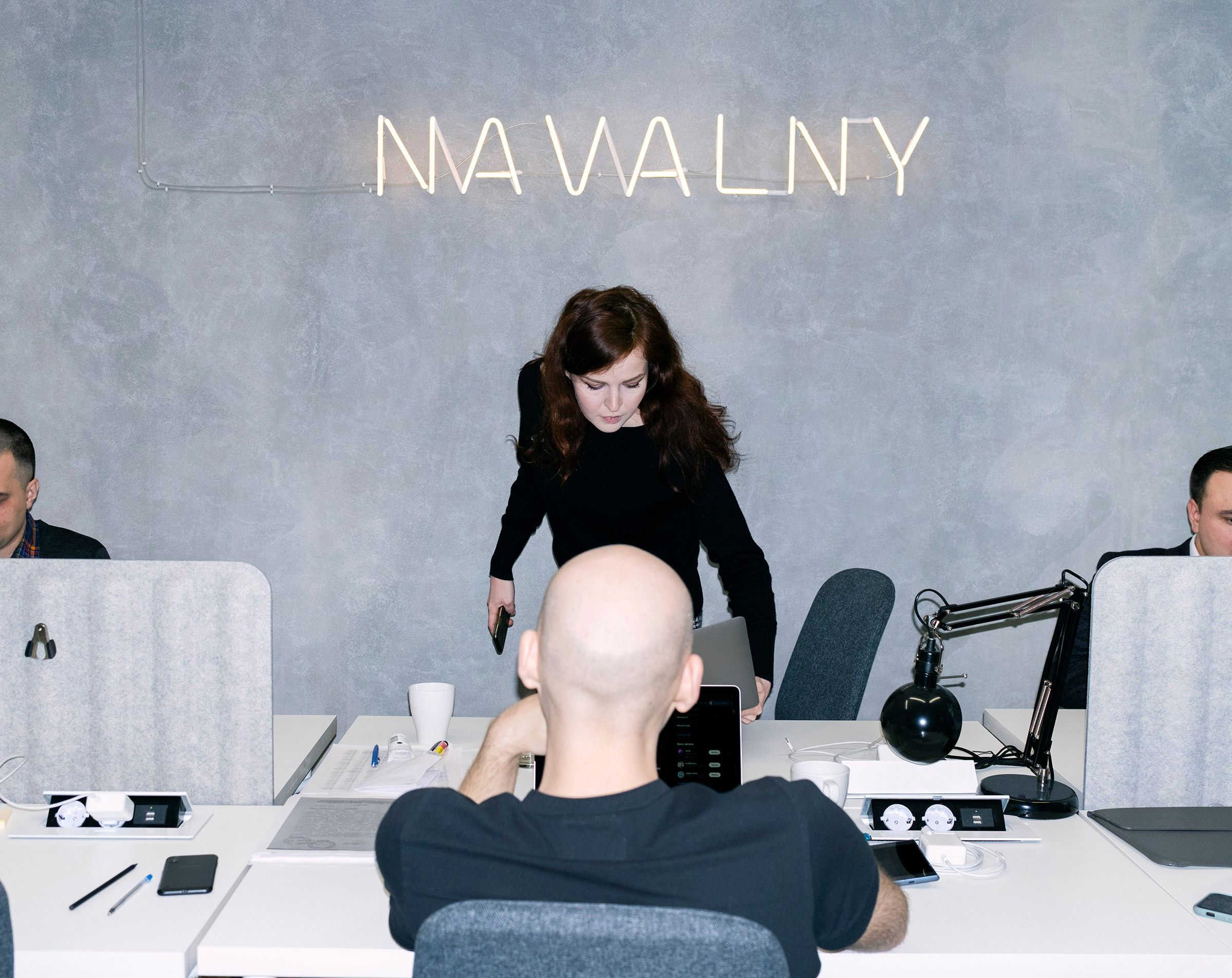
Soon after, Navalny was summoned to the warden’s office at Penal Colony No. 2. Inside he found a group of officials seated at a conference table. A portrait of a youthful Putin hung on the wall behind them. In a robotic patter, a guard read a proposal to change Navalny’s status at the prison. He would no longer be treated as an inmate prone to attempting escape. Instead he would be deemed an extremist, aggressive and liable to indoctrinate his peers. The change was approved by unanimous vote.
Since then, a little plastic tile, resembling a cheap Christmas ornament, has been affixed to the foot of Navalny’s bed with tape. It’s inscribed with the words prone to crimes of a terrorist nature, a label that infuriates Navalny. Putin is the one “who ordered an act of terrorism—to kill a political opponent,” he writes in his letters. “But it’s my bed that has the label terrorist.”
Last August, on the first anniversary of the poisoning, the U.S. sanctioned a group of Russian security officers for trying to kill Navalny with a chemical weapon. Most of those identified in Navalny’s investigation were on the list. Yet he was disappointed in the American response. “These are just the agents of Putin’s will,” he wrote me. “We’re all tired of rolling our eyes, watching the U.S. impose sanctions on some colonels and generals, who don’t even have any money abroad.” It would be far more effective, he says, to go after Putin’s own fortune and the bagmen who keep it for him in Western banks. “It’s really simple,” Navalny writes. “You want to influence Putin, then influence his personal wealth. It’s right under your backside.”
Navalny’s foundation sent a similar message to the White House early last year, asking for sanctions against 35 of Russia’s most senior officials and oligarchs close to Putin. The proposal has bipartisan support in Congress, where the blacklist was dubbed the Navalny 35. Its most vocal advocate has been U.S. Representative Tom Malinowski, a New Jersey Democrat and former diplomat in the Obama Administration. Navalny’s “central insight,” Malinowski told me, “is that corruption is both the Putin regime’s reason for being and its greatest political vulnerability.”
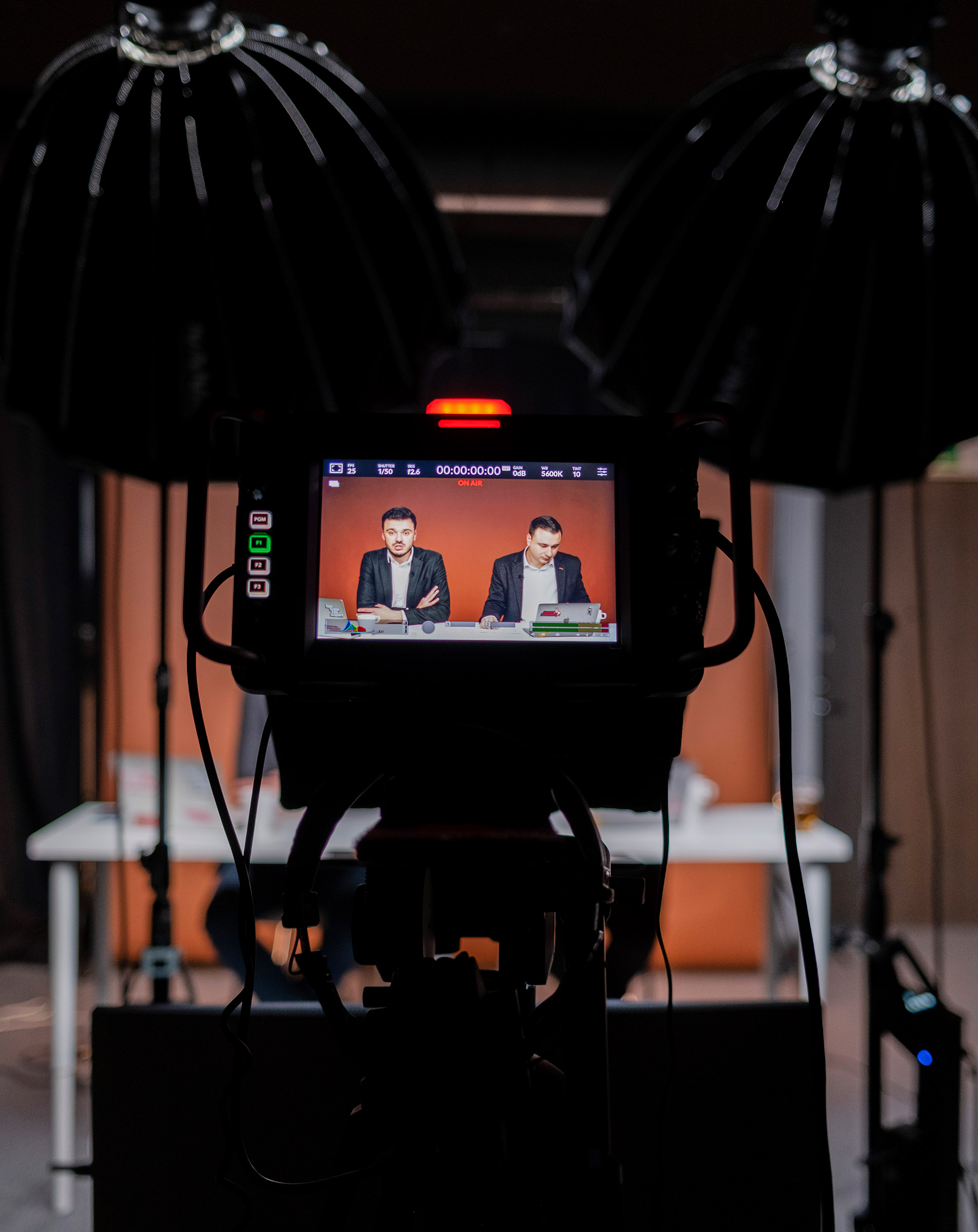
The Biden Administration has been vocal in condemning the Kremlin’s attacks against Navalny and his movement. But it has avoided expressing support for his dream of political change in Russia, and it has not imposed the sanctions he proposes. One Kremlin insider, who is close to some of the people on Navalny’s blacklist, told me that going after them would be ineffective, because none of the targets could change Putin’s mind about Navalny, NATO or Ukraine. “Can you even imagine such a conversation? ‘Vladimir Vladimirovich, maybe we should ease up. We’ve got a lot of money on the line.’ Nobody would come to him with something like that,” says the source. “You’d have to be an idiot.” But the aim of the sanctions, Navalny told me, would not be to convince Russian billionaires to reason with Putin. It is to pressure them to turn against him.
In pursuing that goal, Navalny had long been careful to avoid foreign sponsors, not wanting to be perceived inside Russia as an agent of the West. That policy became moot once the state designated his organization a “foreign agent” last year. “It untied our hands,” says Leonid Volkov, a longtime ally of Navalny, who now helps run the movement from exile.
The group now openly calls for political backing from foreign governments and solicits money from private donors. When we met over dinner in November, Volkov was in Washington to speak before Congress on Navalny’s behalf and drum up support. A few days later, he held the movement’s first official fundraiser in New York City, inviting wealthy Russian expats to back their cause. Hundreds showed up, snapping selfies with Navalny’s surrogates like they were celebrities.
The resulting windfall from such donors has helped pay for their new bases of operation in Eastern Europe. When I visited in January, their office in Vilnius, the capital of Lithuania, looked more like a media startup than a revolutionary lair, though freshly exiled activists are welcome to use its shower and rest on the beanbags that lean against the walls. Technicians were busy setting up a new TV studio, where Navalny’s allies film video investigations that are broadcast into Russia, routinely finding an audience of millions. In the kitchenette, a poster shows a red X over two surveillance cameras, alongside a caption: They can’t see everything.
The nation of Lithuania, a member of NATO and the E.U., has been happy to host the exiles, including numerous fugitives from Russia and at least two designated by Putin’s regime as “terrorists.” The Lithuanians have dismissed Moscow’s demands to arrest members of the group. “Our history obliges us to welcome such people,” Vytautas Landsbergis, the founding father of modern Lithuania, told me recently in his Vilnius apartment. “The question for us is whether they can liberate Russia from Putin the way we liberated ourselves from the KGB.”
In the spring of 1990, Lithuania became the first Soviet republic to declare its independence from Moscow. Landsbergis signed that declaration, then faced down the Soviet tanks sent to crush the rebellion the following year. More than a dozen demonstrators wound up dead before the Kremlin backed off and let the country break away. Landsbergis, 89, retired long ago. His grandson Gabrielius Landsbergis is now the nation’s Foreign Minister. Between talks with NATO allies in January, he told me Lithuania is honored to offer a “safe space” for Navalny’s organization to envision a Russia beyond Putin.
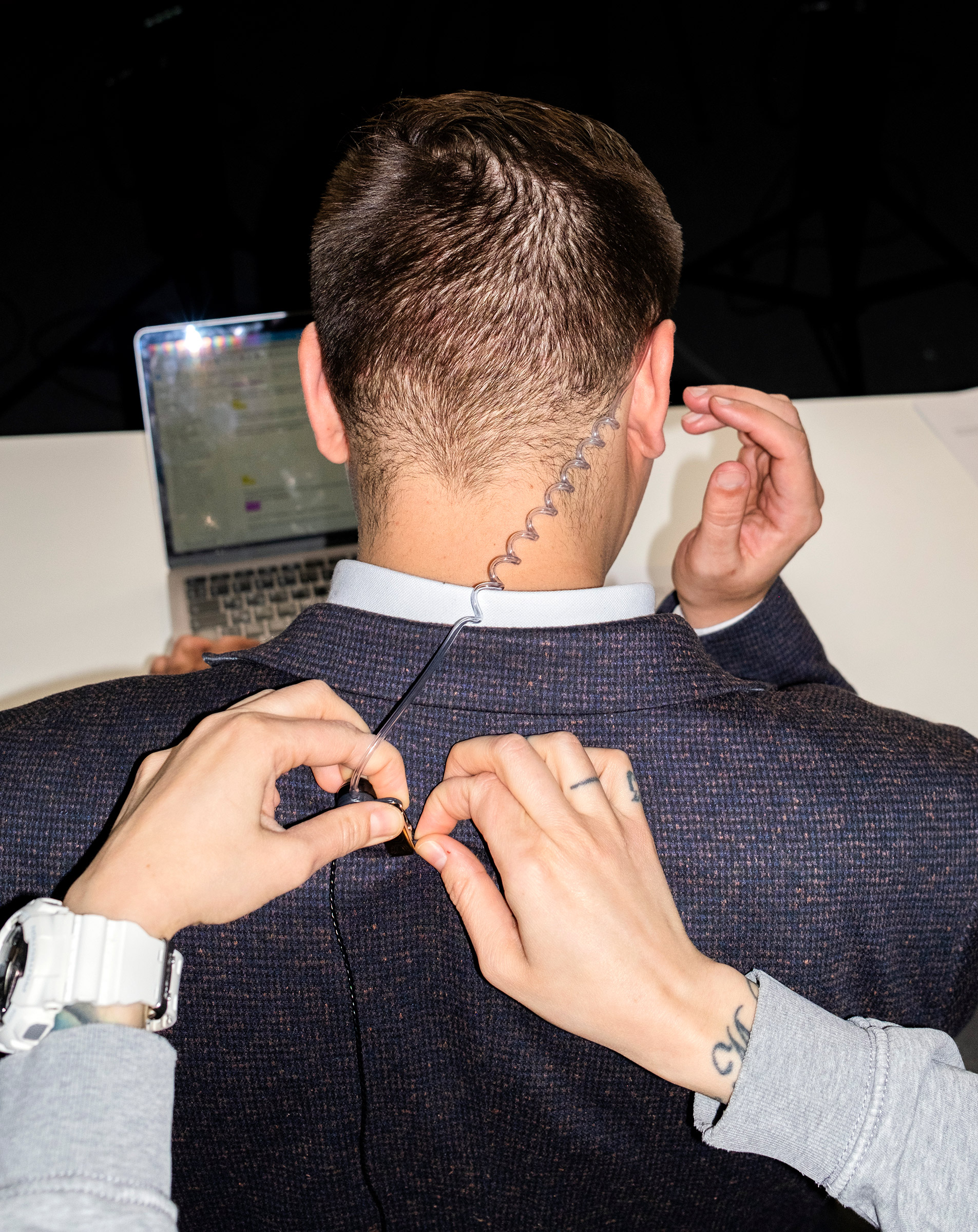
That Russia could be many years away. Under Russian law, Putin can stay in power at least until 2036, thanks to a constitutional amendment enacted last year. But if the West wants political change in Russia, Navalny writes, “We do not by any means have to wait for Putin’s physical death.” State repression could spark an uprising. Sanctions could instigate a palace coup. At times his letters seem almost impatient for Putin’s Russia to degrade into an absolute dictatorship, because that would raise the risk of regime collapse, Navalny writes, “when the pendulum swings in the other direction.”
There is no telling when that could happen, or how much blood would be spilled in the process. Yet here was Russia’s most famous dissident, once poisoned and now imprisoned, daring the state to do its worst. The paradox helps explain why Navalny decided to return. In exile he would be just another gadfly, too easy for Putin to ignore. In prison he is a reminder of what Russia has become, and a symbol of the freedoms that it lost.
Near the end of our correspondence, I asked Navalny about his regrets. Isn’t Putin better off with him in prison and his movement in exile? “He made things worse for himself,” Navalny replied. “It’s clear that this was a personal, emotional decision on Putin’s part. First I didn’t die from the poison. Then I didn’t turn into a vegetable as the doctors had feared. Then I had the gall not only to return but, once in Russia, to release an investigation about Putin’s own corruption.”
If Russia has changed, Navalny has not. His statements still crackle with the same irreverent humor. His foundation remains determined to embarrass the Kremlin and investigate its secrets. “He’s the same,” his wife told me after visiting him in prison last November. “What he’s been through in the last year, it would be enough to break a normal person. But not him. He’s not giving up. Not for a second.”
—With reporting by Leslie Dickstein and Simmone Shah/New York; and Nik Popli/Washington
More Must-Reads from TIME
- Cybersecurity Experts Are Sounding the Alarm on DOGE
- Meet the 2025 Women of the Year
- The Harsh Truth About Disability Inclusion
- Why Do More Young Adults Have Cancer?
- Colman Domingo Leads With Radical Love
- How to Get Better at Doing Things Alone
- Michelle Zauner Stares Down the Darkness
Contact us at letters@time.com